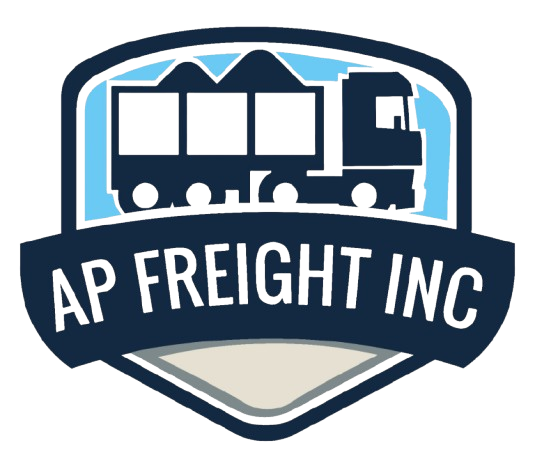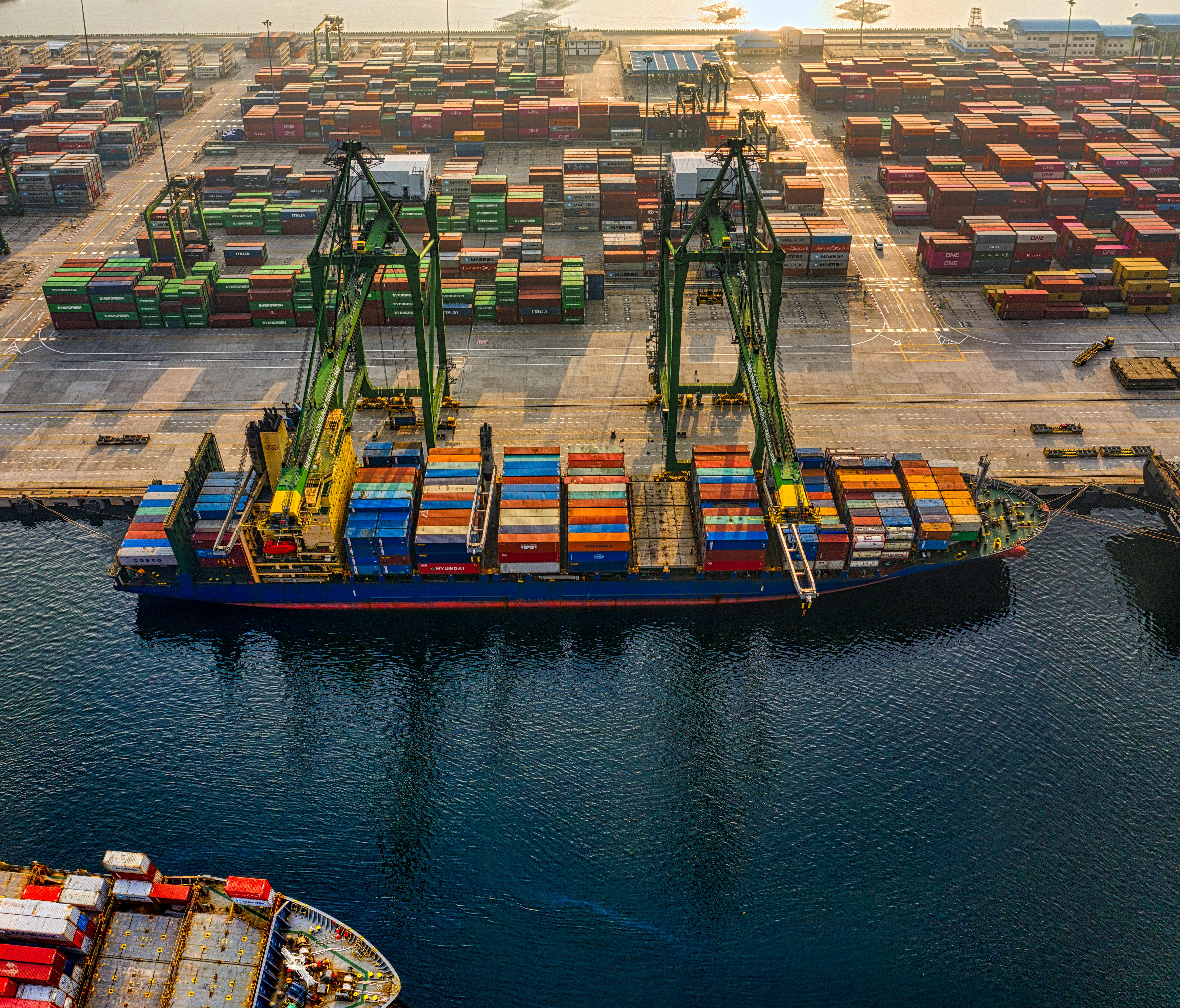Moving goods from one place to another might sound straightforward—but anyone in the logistics world knows it rarely is. Whether you’re managing daily shipments across states or handling urgent deliveries across borders, even the smallest delay can affect your bottom line.
And with customer expectations growing, regulations shifting, and fuel prices rising, logistics isn’t just a backend function anymore. It’s a core part of how modern businesses compete.
But complex doesn’t have to mean chaotic.
The key lies in refining the way you plan, communicate, and adapt. Below are five practical, proven ways companies can simplify their logistics operations without cutting corners or blowing up budgets.
1. Understand the Market You’re Working In
The global market is always changing. New trade agreements, political shifts, and even health emergencies like the pandemic have shown how fragile supply chains can be.
Logistics providers like TweetOnWorld monitor these changes closely to help their clients avoid compliance issues and reduce unnecessary costs. This kind of proactive knowledge is especially useful for businesses that operate across borders or are looking to expand into new regions.
Knowing the legal requirements, tax policies, or even seasonal restrictions in a region can help you plan better and avoid unexpected costs or delays. It also makes it easier to plan future expansions into new areas. The more you know about where you’re operating, the smoother your logistics can run.
2. Make It Easy for Customers to Stay Informed
Good service doesn’t stop once a product is shipped. Most customers today want to know exactly where their shipment is and when it will arrive. If they don’t get this information easily, they often turn to your support team, causing delays and unnecessary back-and-forth.
A simple, easy-to-use system where customers can track their shipments, ask basic questions, and get quick answers helps everyone involved. It saves your team time and gives the customer peace of mind. In logistics, transparency builds trust.
3. Use Technology That Works for You
Technology is changing the way freight moves. From real-time GPS updates to systems that alert you when something goes wrong, having the right tools can make a big difference.
Many businesses now use transportation management systems that monitor deliveries, track routes, and spot delays before they become serious problems. This kind of system doesn’t just cut costs it makes your entire process more efficient. Automated alerts, digital proofs of delivery, and data-driven reports help you stay one step ahead.
Adopting the right tools can help your logistics team make faster decisions and avoid guesswork.
4. Don’t Overlook the Tools You Already Have
Not every company has the budget for new software or upgrades. That’s okay. Your current systems may still hold valuable information that you can use to improve.
Look at the data you already have. Past delivery timelines, inventory flow, customer feedback these can help you spot trends and improve planning. You don’t always need new tools. Sometimes, you just need to make better use of the ones you already trust.
5. Strengthen Communication Across the Board
Logistics involves many moving parts, and good communication is what keeps them all working together. It’s not just about talking to your internal team. Your warehouse staff, your drivers, your partners, everyone needs to be in the loop.
If a shipment is delayed or a driver is stopped for inspection, that information should reach the right people quickly. Delays can often be managed if everyone knows what’s going on. But when communication breaks down, even small issues can grow into larger problems.
Clear and timely communication is the backbone of strong logistics.
Summary
Streamlining logistics comes down to practical steps: stay informed about market conditions, provide customers with easy tracking, adopt technology that fits your needs, analyze existing data for insights, and maintain clear communication across teams. These changes improve efficiency, reduce costs, and keep customers satisfied.



